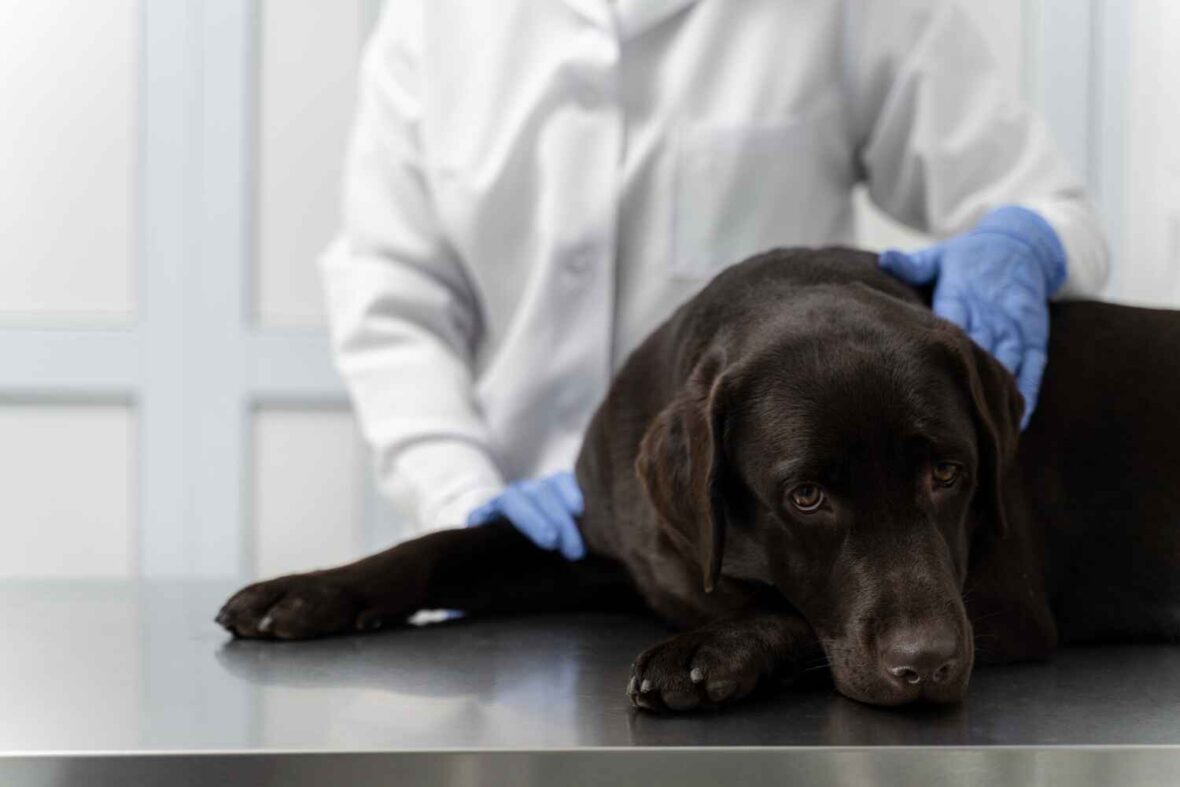As a dog owner, tick paralysis is a serious concern you must be aware of. Tick paralysis is caused by toxins present in the saliva of certain tick species. These toxins can cause muscle weakness, paralysis, and even death if left untreated.
In this article, you’ll discover everything you need to know about tick paralysis in dogs, including how to identify it, how to respond, and how to prevent it from happening.
Contents
What Is Tick Paralysis In Dogs?
Tick paralysis is a condition that affects dogs, caused by a neurotoxin released by certain tick species. The toxin enters the bloodstream through the tick bite and affects the dog’s nervous system, leading to muscle weakness, paralysis, and other symptoms.
How To Identify Tick Paralysis?
Tick paralysis can be difficult to identify initially, as the symptoms can be subtle and develop over time. Vetster experts explain, “It is important to note that a tick may feed on a dog and drop off without ever being discovered.” Some of the most common symptoms of tick paralysis include the following:
1. Difficulty walking or standing
2. Weakness in the hind legs
3. Vomiting or gagging
4. Heavy breathing or panting
5. Loss of appetite
6. Dilated pupils
7. Muscle tremors
8. Inability to bark or meow
If you notice any of these symptoms in your dog, you should immediately take them to a veterinarian.
How To Respond To Tick Paralysis In Dogs?
If you suspect your dog has tick paralysis, acting quickly to prevent the condition from worsening is essential. Here’s what you can do:
1. Remove The Tick:
The first step in responding to tick paralysis is to remove the tick as soon as possible. Use tweezers to grasp the tick’s head as close to your dog’s skin as possible and gently pull it out. Be careful not to squeeze the tick’s body, as this can cause the toxins to be released into your dog’s bloodstream.
2. Seek Veterinary Care:
Your dog may still require veterinary care even if you have removed the tick. In addition, your veterinarian may recommend tests to determine the extent of the paralysis and may provide supportive care such as IV fluids, oxygen therapy, and muscle relaxants.
3. Monitor Your Dog’s Condition:
Monitor your dog closely for any changes in its condition. See veterinary care immediately if they show any signs of worsening, such as difficulty breathing or a rapid heart rate.
How To Prevent Tick Paralysis?
Prevention is always the best approach to tick paralysis. Here are some steps you can take to prevent your dog from getting tick paralysis:
1. Use Tick Prevention Products:
Use tick prevention products such as spot-on treatments, collars, and oral medications to protect your dog from tick bites.
2. Check Your Dog For Ticks Regularly:
Check your dog for ticks regularly, especially after they have been outside in wooded areas or tall grass. Use a fine-toothed comb to check your dog’s fur, paying close attention to its ears, neck, and paws.
3. Remove Ticks Promptly:
If you find a tick on your dog, remove it promptly using tweezers or a tick removal tool. Be sure to grasp the tick’s head as close to the skin as possible and pull it out gently.
Conclusion
Tick paralysis in dogs is no joke and needs to be taken seriously. If you notice any symptoms like leg weakness or paralysis, vomiting, or your pup having trouble breathing, get them to the vet ASAP! But hey, let’s try to prevent this from happening in the first place, yeah?
One way is to use tick prevention products, regularly check your furry friend, and swiftly remove those ticks. By being proactive, you can help keep your dog healthy and free of those pesky critters!





